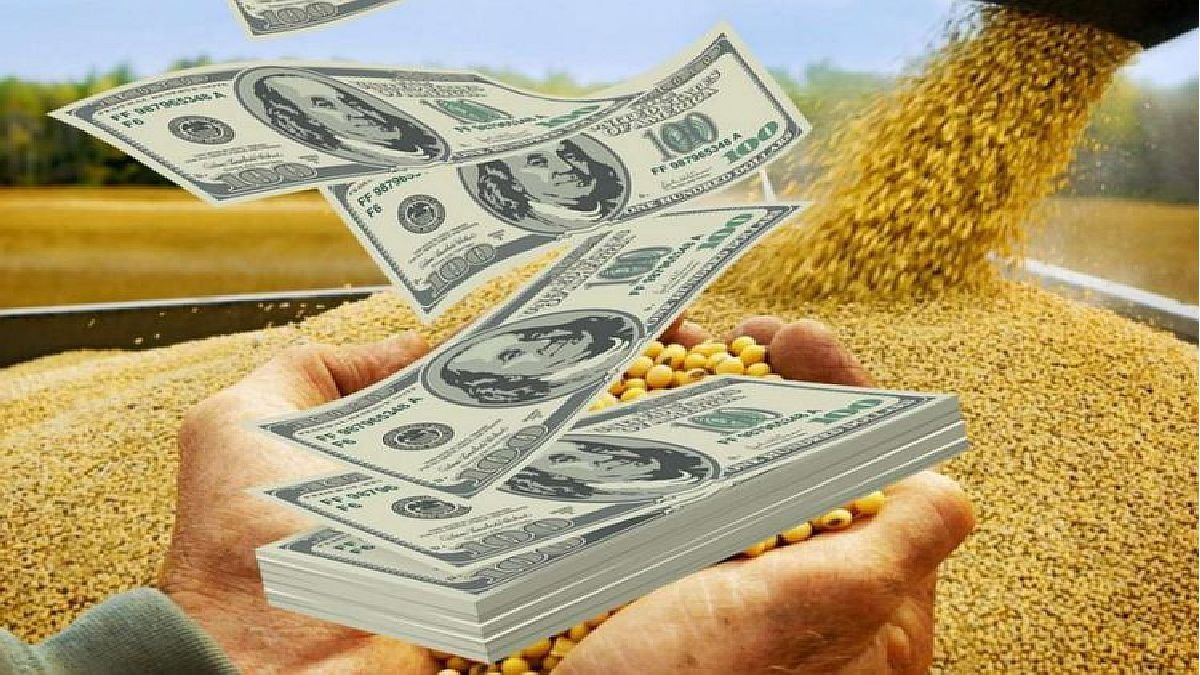The entity carries out an analysis of two possible scenarios based on the figures presented in the launch of the 2022/23 gross campaign. The first one is defined as moderate, where estimated production projections for soybean, corn and sunflower of 41, 44.5 and 3.7 million tons, respectively, are presented; the second, a pessimistic scenario (more pronounced drought), of 35.5, 37.8 and 3.5 million tons.
Meanwhile, if the initial production estimates presented in September of last year were met, they would have implied a drop in the Gross Agroindustrial Product (PBA) compared to 21/22 of US$4,067 million.. However, the worsening of the climatic situation results in higher falls, of the order of US$11,025 million under the first scenario, and US$15,743 million, in the second (greater drop in production). Therefore, the negative impact of the drought in relation to the September projections is equivalent to 1.1% or 1.8% of GDP, depending on the scenario. The key fact is that these figures do not measure interactions with other sectors, such as through multiplier effects, or other macroeconomic variables, which would deepen these results.
“The soybean value chain would have the largest drop in its contribution to the economy. Regarding the baseline scenario, their contributions would drop between US$3,320 and US$6,308 million, depending on the final scenario. While, in the same tune, the contributions of corn would fall between US$1,479 and US$3,111 million”, they remark from the Buenos Aires entity.
For its part, given the unfavorable climatic context that the 22/23 campaign is going through, a significant impact on production is expected, which would lead to fewer shipments abroad. That is why, according to projections, foreign sales of wheat and barley would be around 5.8 million tons and 2.19 million tons, decreasing by 47% and 35%, respectively, in relation to the scenario proposed at the beginning of the campaign; For corn, if the most benevolent or most serious scenario is fulfilled, exports could be around 28 million tons or 21 million tons, which implies a decrease of 16% and 36%. Finally, in the case of the soybean complex, the sum of the volume exported in relation to the projection is estimated at a reduction of between 16 and 28%, which translates into 6.4 and 11.4 million fewer tons. .
In this context, from the Grain Exchange of Buenos Aires they remark: “If the decrease in production levels is fulfilled and a downward trend in international prices is found, the consequences at the microeconomic and macroeconomic level will be aggravated, given the participation of the agro-industrial sector in the aggregate of the Argentine economy. It is important to point out that, according to the latest exchange balance data published by the BCRA, there was an income of US$53,092 million in the single free exchange market during the last 12 months, where the agro-industrial sector contributed 77% of the total . In this way, in the face of a complex panorama that registers a drop in agricultural production and exports, it would mean a lower supply of foreign currency”.
In closing, the entity details: “In summary, lower production, in a framework where prices remain constant, will end up triggering less activity that will impact not only the different links in the chains, but will also be transferred over the other activities of the economy. Likewise, production losses can leave consequences in the next campaigns associated with a situation of financial weakness on the part of the producers, which can bring about lower levels of investment and, therefore, productivity in subsequent campaigns”.
Source: Ambito
David William is a talented author who has made a name for himself in the world of writing. He is a professional author who writes on a wide range of topics, from general interest to opinion news. David is currently working as a writer at 24 hours worlds where he brings his unique perspective and in-depth research to his articles, making them both informative and engaging.




